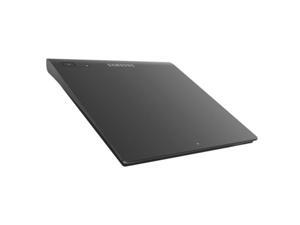

- SAMSUNG OPTICAL DRIVE FOR MAC HOW TO
- SAMSUNG OPTICAL DRIVE FOR MAC FOR MAC
- SAMSUNG OPTICAL DRIVE FOR MAC PC
In general, you can format a hard drive to exFAT successfully.

Select partition m (“m” is the partition number that’ll be formatting) Select disk n (“n” is the disk number of Samsung SSD)

In the Diskpart window, type the commands below in given order and press “Enter” after each one. Input “diskpart” in the box and hit on “Enter”.ģ. Press” Windows”+”R” simultaneously and hit on “Enter” to open Run dialogue.Ģ.
SAMSUNG OPTICAL DRIVE FOR MAC FOR MAC
Format Samsung SSD for Mac through DiskPartġ. Check “Perform a quick format” and click “OK” to format the external hard drive. Choose format (FAT32 or exFAT), and then set format information (allocation unit size, volume label and format option).ĥ.

Choose “Format” from the drop-down menu.Ĥ. Select the Samsung SSD drive and right-click on it.ģ. Double click “This PC/My Computer” at your desktop.Ģ.
SAMSUNG OPTICAL DRIVE FOR MAC PC
Connect the Samsung SSD to your PC and make sure it is detected. Format SSD for Mac through Windows File Explorerġ.
SAMSUNG OPTICAL DRIVE FOR MAC HOW TO
In this guide, we will take how to format the Samsung SSD to exFAT as an example instead of FAT32 considering its file size limit. So, formatting Samsung SSD to FAT32 or exFAT for Mac mostly depends on your requirements on file size and partition size. How to format Samsung SSD for Mac on Windows PC?įrom the above content, we can know both FAT32 and exFAT have their own advantages and disadvantages. And Windows PC need to be run on Windows Vista SP1, Windows 7 or newer. It can only work with MacOS 10.6.5 or newer. Besides, exFAT file system cannot work on some old operating systems. But some users complained that the exFAT is kinda slow, so the FAT32 is more recommended if you don’t care about the file size limitation. If you have to format large hard drive to FAT32 on Windows, you need to use a third-party partition manager.ĮxFAT has no realistic file-size (work with files as large as 16EB) or partition-size limits. But the single file on a FAT32 partition cannot be larger than 4GB, and the drive partition larger than 32GB cannot be formatted to FAT32 via Windows inbuilt tools, the drive cannot be over 2TB on MacOS. Which is better for Mac, exFAT, or FAT32?įAT32 works with all versions of Mac, Windows, Linux, gamed consoles, and other devices supporting a USB port. So when you want to share a Samsung SSD drive between Windows and Mac, you need to format it a proper file system: FAT32 or exFAT, both of which work with macOS and Windows OS. Similarly, Mac cannot write files to NTFS drives or edit files, though it can read an NTFS drive. Windows cannot read or write to HFS+APFS and you will be asked to format the HFS+ drive once you connect it to Windows computer. Windows uses NTFS while Mac uses HFS+ or APFS. That’s because these two platforms have their specific file systems by default. To format Samsung 850 EVO or 860 EVO SSD or other hard drives for Mac on Windows computer could be a complicated task. How do I do that? It is not nearly as easy as it should be! So anyone have a great solution? Thanks! What type of format should I use for Mac? I have a Samsung solid-state 850 EVO drive that is NTFS formatted (Windows format), and now I want to reformat Samsung SSD for my Mac.


 0 kommentar(er)
0 kommentar(er)
